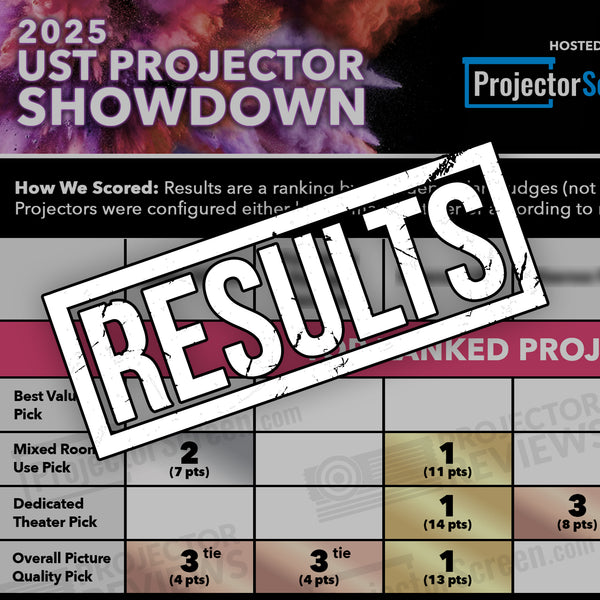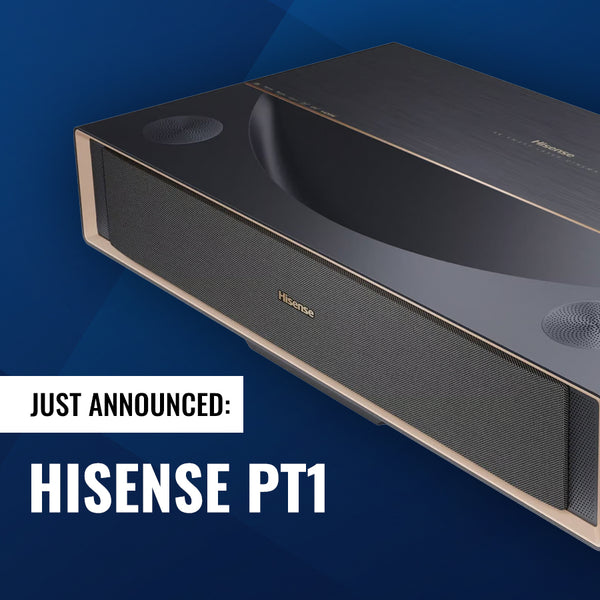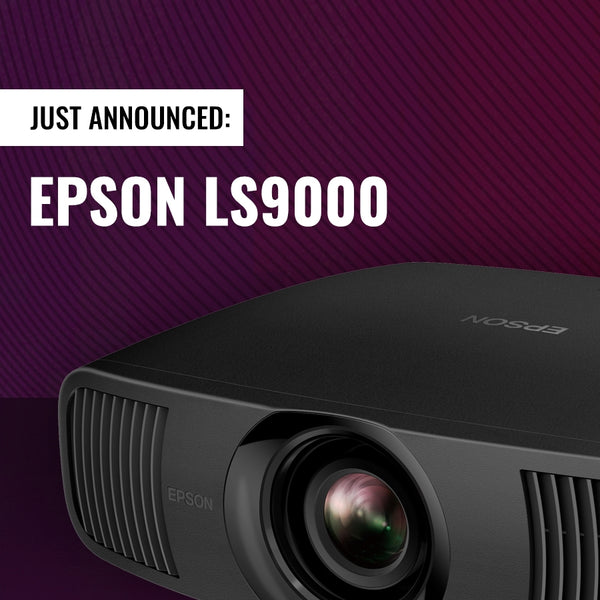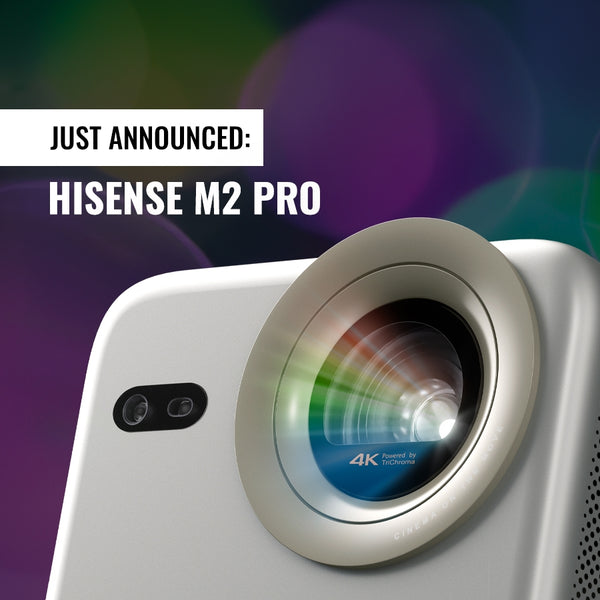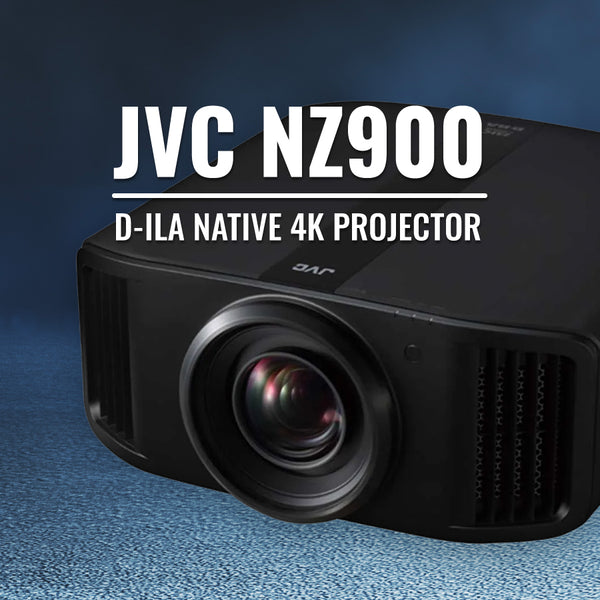The Best Type of Projector Screen Border

The border of a projector screen is the rectangle of black that surrounds the projection surface.
When we’re talking about projector screen borders we’re typically referring to those found on fixed frame projector screens.
Why do projectors screens have borders?
Technically speaking, projector screens don't really need any border at all. But they do provide some benefits.
The main purpose of the border is to soak up any light that spills outside of the screen area in case you can’t perfectly align the projected image on the screen.
Another major benefit of a projector screen border is that it serves a vital role in enhancing the image from the projector. This is caused by the Bartleson-Breneman Effect.
Bartleson-Breneman Effect

The Bartleson-Breneman Effect is the effect that appears in the perceived contrast among areas of different value within an image when the image is viewed against a light or dark valued background.
This means that as the background becomes darker, the induced lightning in the image causes all the values to appear lighter.
So a black border improves the human eye's ability to process the image by providing a reference point. As a result, the border enhances the contrast of the picture and makes the image appear brighter and more colorful.
Borders also make it easier to align your projector because they give you a straight edge you can use to line up the sides of the image.
Why do projector screens have black borders?
Because of the Bartleson-Breneman Effect, a border around the screen can improve the viewer’s ability to process the image by providing a necessary reference point. A black border in particular enhances the contrast from the wall behind it and makes the image appear brighter and more colorful. You never want your border to be made of shiny metal or covered in shiny paint that reflects the light. A black border frames the image without reflecting the light from the projector.
A black border is also aesthetically more desirable and fits in with more room designs.
What kind of projector screen border should I get?
There are five attributes to look at when deciding on the cinema screen border. They are: surface, width, depth, bevel and borderless.
Surface
You’ll typically find two types of surfaces for cinema screen borders, velvet and plastic
Borders covered with a black velvety felt surface have an advantage that they have near zero reflectivity. This means that even if you overshoot the screen surface you won’t see it on the border.
Well-made plastic frames are made to not be too reflective.
Cheap projector screens however are often made with plastic that is more reflective which can ruin your movie watching experience.
Some people who choose to build a customized film screen can make the frame out of materials like wood or metals to match the design of the room around them.
Width
Projector screens borders typically range between .5 inches to 3.5 inches.
For artworks, the thicker the frame you choose, the more your artwork will “pop” off of the wall. In addition, generally larger pieces of art look better with thicker frames. This applies to home theater screens as well.
That said the width of the screen comes down to personal preference. Some people prefer the thick border, some prefer a thin bezel.
Another advantage of a wider border is that it gives you a bit of a safety net so you don’t need to align your projector quite as perfectly.
Depth
The depth of the border is how far the edge juts out from the reflective surface of the screen.
Deeper borders are often considered more aesthetically pleasing and can give a dramatic profile to your screen.
A deep frame won’t affect the picture however they won’t work with an Ultra Short Throw projector because it would block the light from the device which sits directly underneath the screen.
One disadvantage of a deeper border is that it can gather more dust on the frame because there’s more surface area for the dust to collect.
Beveled vs Squared Border

Cinema screen borders typically come in one of two styles. Square and beveled.
As the name implies, the square borders are flat around the edge of the screen creating a square shape that juts out past the screen.
Beveled borders feature a slanted edge. Many projection enthusiasts feel the beveled edge is a classier and more elegant look.
The difference between the two is mostly aesthetic, that said a beveled edge would collect less dust than a squared off one.
Borderless projector screen

Some cinema screens are designed to be frameless. These borderless projector screens screens provide a minimalist look that some owners absolutely love. Buying a borderless projector screen is purely an aesthetic choice and doesn’t improve the picture.
We don’t typically recommend getting a borderless screen because it’s nearly impossible to perfectly line up the image of the projector. This means you’ll likely have a sliver of light bleed around the edges of the screen.
Borders and Projector Screen Size
When you buy a projector screen with a frame around it you need to make sure you account for the extra size of the border in deciding how big of a screen will fit.
For example if you’re ordering a 120 inch diagonal fixed frame projector screen with a basic black border (assuming it’s a 16:9 screen), the viewable width would be 92 inches.
You might think “Great, I have 94 inches of wall space, so the screen will fit.”
But you’re forgetting to take into account the screen’s border. Most borders are between 1-3”. So if you’re getting a screen with a 2 inch border you would actually need to have at least 96 inches of horizontal wall space because there’s 2 inches of border on each side.

